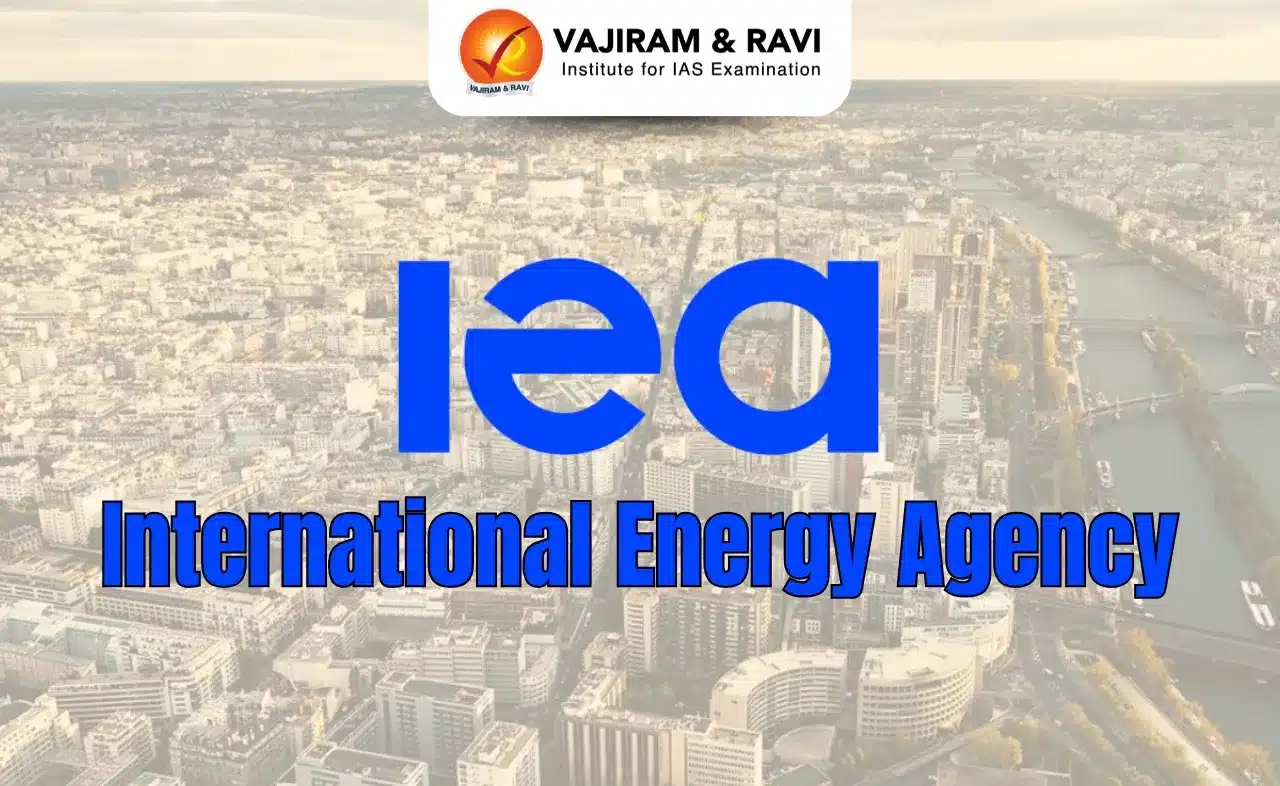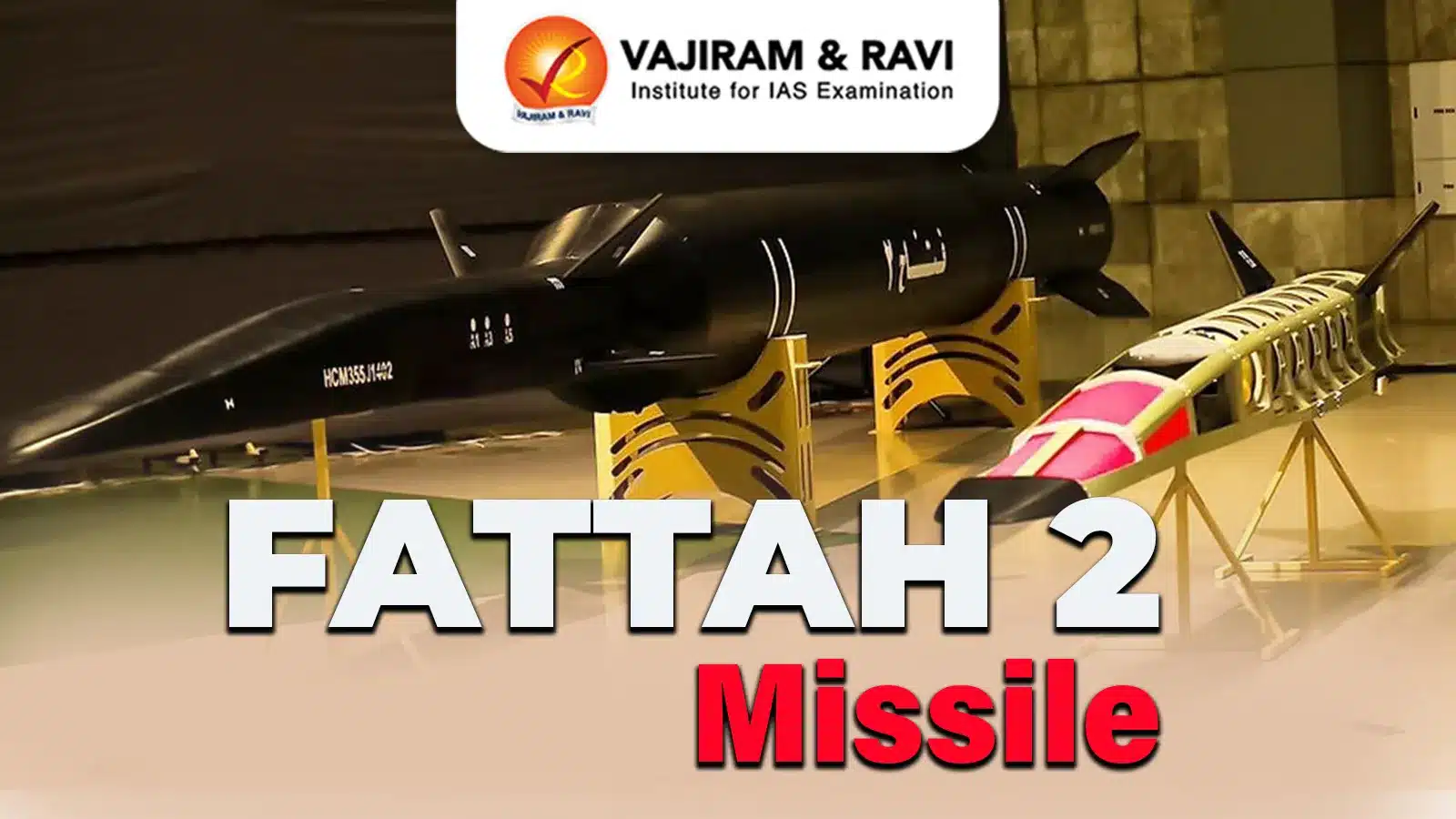About Advanced Composite Solar Sail System (ACS3):
- It is a NASA technology demonstration mission designed to characterize solar sail structures technologies for future small spacecraft to engage in deep space missions requiring long-duration, low-thrust propulsion.
- Launched on April 23, 2024, ACS3 will deploy a sail about the size of a small apartment from a toaster oven-size spacecraft.
- At its core, ACS3 is a CubeSat, a small satellite built to standardized dimensions. It features four 7 m long deployable composite booms.
- Just as a sailboat is powered by wind in a sail, solar sails employ the pressure of sunlight for propulsion, eliminating the need for conventional rocket propellant.
- Space missions have demonstrated that small spacecraft can use solar sails to change their orbits, expanding their possible uses.
- Future solar sail missions will need bigger sails and lighter materials to maximize their performance.
- ACS3 uses lightweight carbon fiber sail booms instead of traditional metal booms.
- This will be the first test of this technology in space.
- What is solar sailing?
Light is made up of particles called photons. Photons don’t have mass, but they have momentum.
As sunlight reflects off a shiny solar sail, some of its momentum getst transferred, giving the sail a small push.
This push is slight but continuous and, over time, can impart more thrust to a spacecraft than traditional chemical rockets.
Solar sails can reach unique destinations that are difficult or impossible to access with other propulsion systems.
They may also be our best option for interstellar travel.
Q1: What are CubeSats?
CubeSats are a class of nanosatellites that use a standard size and form factor. The standard CubeSat size uses a “one unit” or “1U” measuring 10x10x10 cm and is extendable to larger sizes; 1.5, 2, 3, 6, and even 12U.
Source: NASA’s Advanced Composite Solar Sail System Launched Into Space, To Redefine Propulsion
Last updated on June, 2025
→ UPSC Notification 2025 was released on 22nd January 2025.
→ UPSC Prelims Result 2025 is out now for the CSE held on 25 May 2025.
→ UPSC Prelims Question Paper 2025 and Unofficial Prelims Answer Key 2025 are available now.
→ UPSC Calendar 2026 is released on 15th May, 2025.
→ The UPSC Vacancy 2025 were released 1129, out of which 979 were for UPSC CSE and remaining 150 are for UPSC IFoS.
→ UPSC Mains 2025 will be conducted on 22nd August 2025.
→ UPSC Prelims 2026 will be conducted on 24th May, 2026 & UPSC Mains 2026 will be conducted on 21st August 2026.
→ The UPSC Selection Process is of 3 stages-Prelims, Mains and Interview.
→ UPSC Result 2024 is released with latest UPSC Marksheet 2024. Check Now!
→ UPSC Toppers List 2024 is released now. Shakti Dubey is UPSC AIR 1 2024 Topper.
→ Also check Best IAS Coaching in Delhi
























